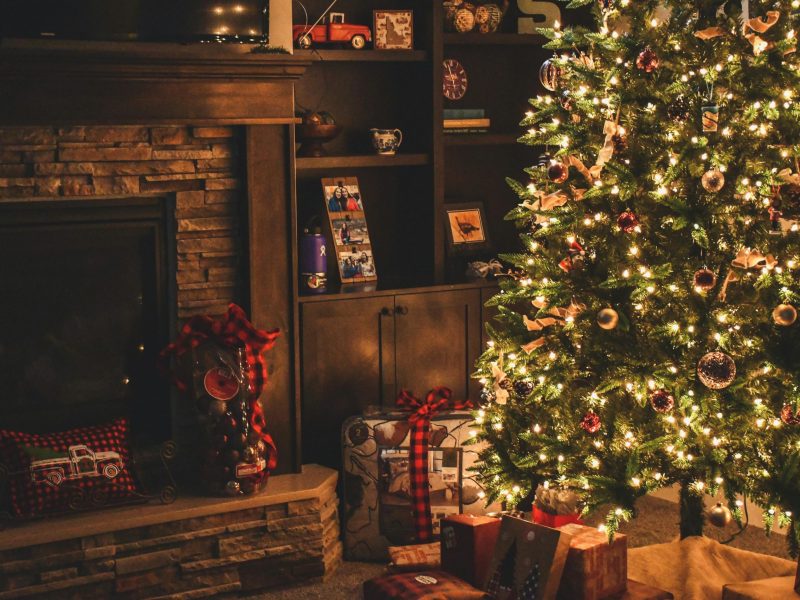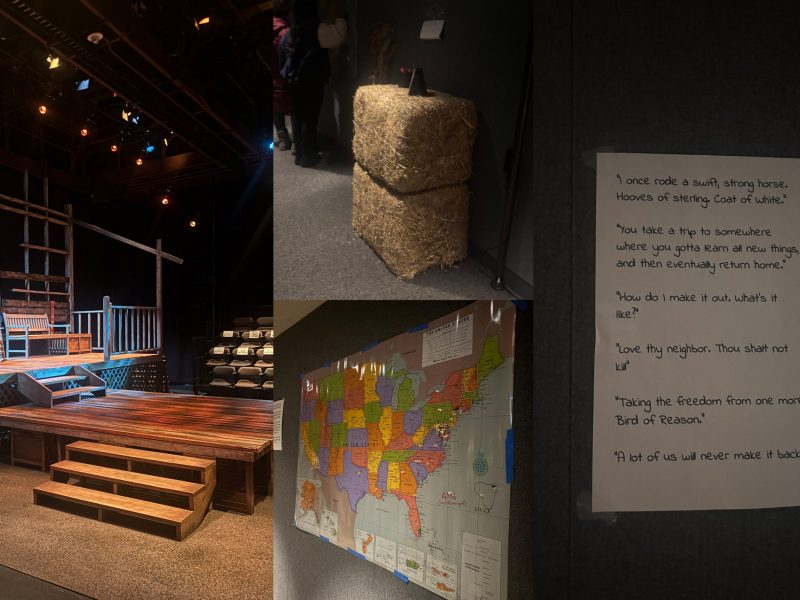The northern cardinal, the white-throated sparrow and the mourning dove are among the most common birds in the College Park area during the colder months of winter. And they’re just a fraction of the list of 20 birds Derek Richardson has students memorize for his birdwatching seminar.
Richardson, a birdwatcher of nearly 20 years, teaches the honors class at the University of Maryland, which aims to teach students how to identify birds in their natural habitats and use their observations to help contribute to science.
Whether you’re an avid lover of birds or just looking for a new social-distancing-friendly hobby to kill time in quarantine from Ms. Rona, here are some tips on how to become the best birdwatcher, or birder, you can be:
-
- Find a birdwatcher, and get them to teach you their ways.
Richardson says the best way to learn about birding is from someone who’s already a skilled birder themselves. They can help teach you what birds are common in a given area at a certain time of year, and then what to look and listen for to then identify those birds.
So find the local birder in your life and ask to shadow them on a birding excursion. “Almost all bird watchers are more than happy to do that,” Richardson says.
Or as Lisa Garrett, the vice president of the Prince George’s Audubon Society, put it: “they’ll take you under their wing.”
[Read more: Childish Gambino’s ‘3.15.20’ is his greatest work yet]
-
- Buy the right pair of binoculars.
As Richardson puts it: “there are good birding binoculars and there are bad birding binoculars.” Every pair of binoculars comes with a set of two numbers, in the form: 4×4. The first number is the magnification; so, in this example, things would appear four times bigger. However, if the magnification is too high, even the slightest shake of the hand can cause you to lose your image.
The second number is the size of the objective lens in millimeters. A bigger lens allows more light to pass through, which then creates a brighter image. However, if the lens is too big, the binoculars could become too heavy to hold for long periods of time.
Richardson pins the birder binocular sweet spot at around an 8×40.
While the best binoculars can cost you thousands of dollars, a decent starter pair is available for around $100, which Richardson had his students buy in lieu of a course textbook.
Having a sturdy pair that won’t break if you drop them or are waterproof is helpful especially if birding in unfamiliar areas.
-
- Get out in nature, and practice your birding.
Richardson goes birding about three to four times a week — not including observing the bird feeders at his house in West Laurel, Maryland.
Just like any other acquired skill, practice is the best way to help you be able to spot the bright coat of the blue jay or hear the noisy call of the Carolina wren.
“Soon you’ll realize that you’re recognizing the common birds very easily,” Richardson says. “At some point, you won’t even need to use your binoculars.”
Getting to know the common birds especially well will help you see how they change from season to season and also be able to pick out birds that aren’t usually in the area, Richardson said.
“People should not be intimidated because it’s not that hard,” Garrett said.
Another way to ease into birding is to hang bird feeders around the outside of your home and observe whatever birds visit as a result, Garrett said.
[Read more: 11 movies to help distract you from the coronavirus pandemic]
-
- Don’t get a field guide to start out on your own.
A book dedicated to helping you identify the wildlife in an area can be overwhelming to beginners.
“A field guide is like trying to learn a language by reading a dictionary,” Richardson explains. “You won’t make any sense of it.”
The best bet is to learn a little at a time, ideally from someone already well-versed in the craft.



